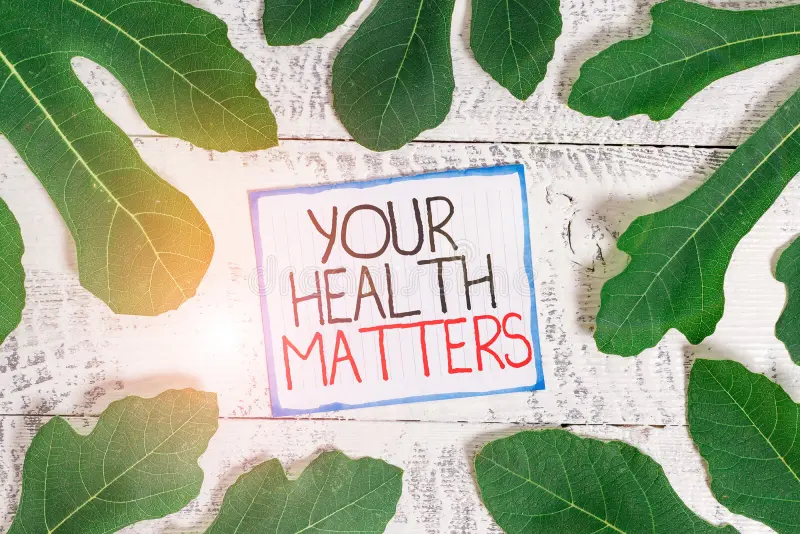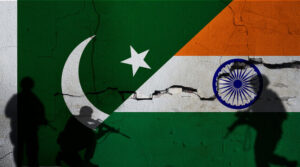Pakistan’s education system is structured into six levels: preschool, primary, middle, secondary, intermediate, and tertiary education. The Constitution mandates free and compulsory education for children aged 5 to 16 under Article 25-A. However, implementation remains inconsistent, particularly in rural and underprivileged areas.Wikipedia+1The State of Children in Pakistan+1
🚸 Challenges in Primary and Secondary Education
1. Out-of-School Children
Approximately 22.8 million children aged 5-16 are out of school, making Pakistan the country with the second-highest number of out-of-school children globally. Factors contributing to this include poverty, child labor, early marriages, and cultural norms that deprioritize education, especially for girls. IIPS+1UNICEF+1
2. Infrastructure Deficiencies
Many schools lack basic facilities such as clean drinking water, functional toilets, electricity, and boundary walls. For instance, in Balochistan, only 23% of primary schools have access to safe drinking water, and 77% lack toilet facilities. Weekly Cutting Edge+3The State of Children in Pakistan+3Dawn+3Weekly Cutting Edge
3. Quality of Education
The quality of education is compromised due to outdated curricula, rote learning practices, and insufficient teacher training. Many teachers lack the necessary qualifications and pedagogical skills, leading to poor student performance in literacy and numeracy. IIPS
🎓 Higher Education Landscape
The higher education sector has expanded, with numerous universities established across the country. However, challenges persist:
- Low Enrollment Rates: Only about 14.85% of the eligible population is enrolled in post-secondary education. Wikipedia
- Quality and Relevance: Curricula often do not align with market needs, and research output remains low.IIPS+1IIPS+1
- Resource Constraints: Universities face funding shortages, affecting infrastructure, faculty development, and research capabilities.
🛠️ Technical and Vocational Education and Training (TVET)
TVET programs aim to equip individuals with practical skills for employment. However, the sector faces issues such as:
- Limited Access: Enrollment in TVET programs remains low, with only 0.43 million students enrolled in 2017-18.IIPS
- Gender Disparities: Only 24% of TVET students are female, highlighting significant gender gaps.Weekly Cutting Edge
- Quality Concerns: Training programs often lack relevance to industry needs, and there is minimal collaboration between institutions and the private sector. IIPS
🌐 E-Learning and Digital Education
The COVID-19 pandemic accelerated the adoption of e-learning in Pakistan. While initiatives have been launched to promote online education, challenges such as limited internet connectivity, especially in remote areas, and lack of digital literacy hinder widespread implementation. Wikipedia
📈 Government Initiatives and Reforms
The government has introduced several programs to address educational challenges:
- Pakistan Vision 2025: Aims to achieve 100% primary school enrollment and a 90% literacy rate by 2025.Trade.gov
- “Skills for All” Strategy: Launched in 2021 to enhance vocational training and address unemployment.Trade.gov
- STEAM Education Promotion: Efforts to improve Science, Technology, Engineering, Arts, and Mathematics education across the country. Trade.gov
🔍 Conclusion
Pakistan’s education sector is at a critical juncture. Addressing systemic issues requires comprehensive reforms, increased funding, and a focus on quality and exclusivity. Collaborative efforts between the government, private sector, and civil society are essential to ensure that every child has access to quality education, paving the way for a more prosperous and equitable society.







